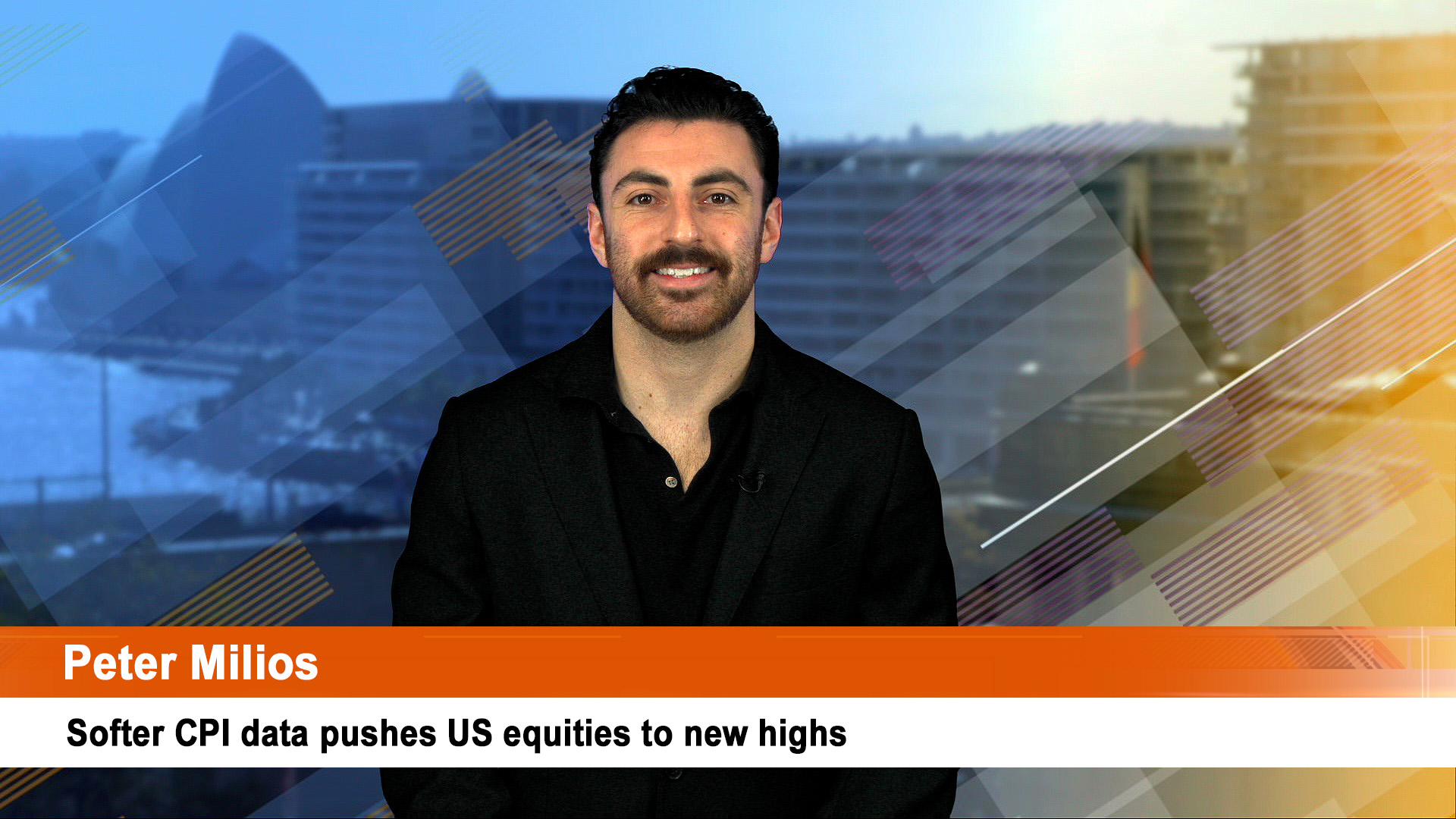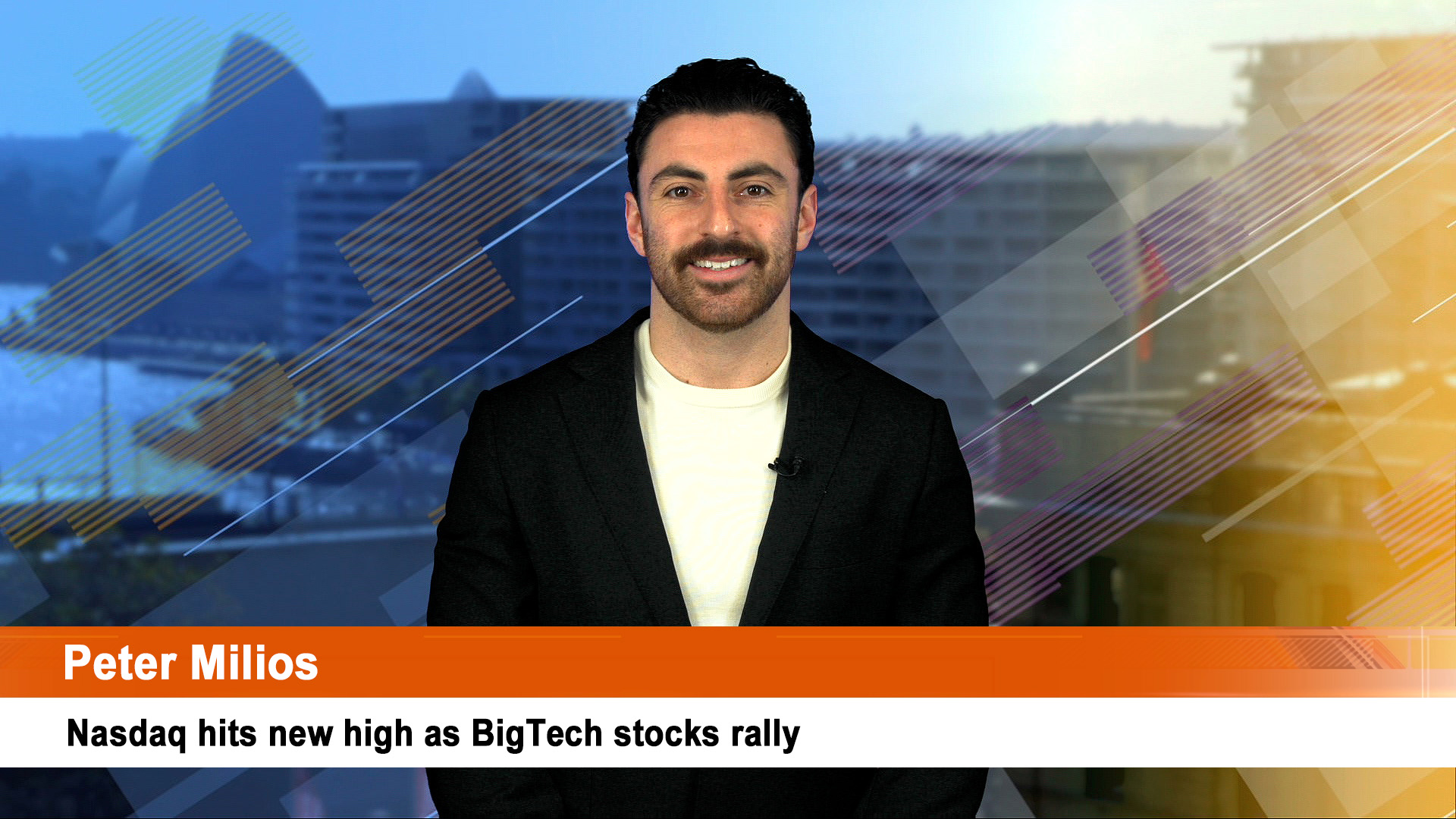Global fund managers had a surprising message in the first survey of 2023 for Bank of America – they are very bearish on the prospects for American equities, even though the wholesale bearishness of late 2022 has eased considerably.
Big global managers reckon the world is not headed for a recession and that the China re-opening story is very real and worth running with but American shares will be a smaller part of this more upbeat outlook.
The striking message was ‘we’re out of US shares’ and into Emerging markets (EM) and Eurozone shares, and of course China.
It’s a paradoxical view – less bearish and more optimistic than they were at the end of 2022 which understandable given the upturn in markets since the start of the year, but for American shares it’s a case of ‘No thanks’.
While the survey provides ample evidence of the change of heart – the fall in cash holdings fell to their lowest since June 2020 at 5.3%, which was also not a surprise, the survey of big global fund managers looking after more than $US700 billion in assets, was the way they have abandoned US shares – for the time being.
The rotation out of US shares was done with head-spinning speed – here one day, gone the next, so to speak. BofA said it was the biggest and fastest rotation away from US shares on record.
According to the Global Fund Manager survey, cash levels fell from 5.9% in December to 5.3% this month. This is still high given the 4.7% average since 1999, but the combination of expectation around peak interest rates and recession fears should see the cash allocation continue to fall.
And that cash is not going into US shares Bank of America said investor allocations to US equities collapsed in January, with respondents stating that their net underweight in the asset class stood at 39%, the lowest since October 2005 (52%).
This was the biggest month-to-month widening in net underweight on US equities since records began.
“Allocation to U.S. equities collapsed in January, with investors net underweight at 39%, [the] most since Oct. 2005 (52%),” BofA’s analysts said in a report on the survey findings.
“The magnitude of the month-on-month increase in net underweight is very impressive,” they added. “Jan. 2023 saw the biggest month-on-month increase in net underweight on U.S. equities on record.”
European markets benefited from the rotation out of the US with bullishness on Eurozone equities, surpassing the previous February 2022 high.
Investors changed their allocation from a 10% net underweight in December to a 4% net overweight in January, a significant change of heart given the continuing war in Ukraine, doubt about energy security, inflation, wages and weak economic activity.
Emerging markets saw a higher level of interest with investors increasing their net overweight to 26%, the highest since June 2021.
That is a clear sign global investor fears about recession have faded.
Thanks to the rising optimism around China’s reopening, recession fears among top investors hit a six-month low this month.
Fund managers’ expectations of growth in China soared to a 17-year high, with 91% of respondents expecting a “full reopening” of the world’s second-largest economy in 2023.
The optimism on China prompted recession fears to fade, with just 51% of fund managers saying they expected a weaker economy in the next 12 months. Recession fears peaked in November when 77% of fund managers told BofA they expected a recession within the next year.
Alongside of the higher optimism about China, optimism toward global economic growth reached a one-year high. this month.
Just 20% of fund managers said they saw a deep global recession as the biggest tail risk to their portfolio, with persistently high inflation named as the number one tail risk by 34% of the survey respondents.
Fund managers were also retreating from healthcare and tech stocks (big faves in the US markets), according to the survey.
Taking a longer-term view, investors’ year-end price targets for the S&P 500 were an average 3,900 points, according to BofA’s findings—just above the level of 3,898 on Thursday – in other words, no growth.
For the first time since March 2020, investors now think there will be lower, rather than higher, short-term rates in next 12 months, and believe monetary policy is too “restrictive”, which BofA analysts said is a call for the central banks to stop the tightening cycle.
Among the biggest tail risks for 2023, fund managers pointed to inflation staying high (34%), a deep global recession (20%), central banks staying hawkish (19%) and geopolitics worsening (13%). No mention of global warming, which is odd.













